Street-Fighting Mathematics
The Art of Educated Guessing and
Opportunistic Problem Solving
Sanjoy Mahajan
Foreword by Carver A. Mead
The MIT Press
Cambridge, Massachusetts
London, England
2010 by Sanjoy Mahajan
Foreword 2010 by Carver A. Mead

Street-Fighting Mathematics: The Art of Educated Guessing and Opportunistic Problem Solving by Sanjoy Mahajan (author), Carver A. Mead (foreword), and MIT Press (publisher) is licensed under the Creative Commons AttributionNoncommercialShare Alike 3.0 United States License.
A copy of the license is available at http://creativecommons.org/licenses/by-nc-sa/3.0/us/
For information about special quantity discounts, please email
Typeset in Palatino and Euler by the author using ConTEXt and PDFTEX
LIBRARY OF CONGRESS CATALOGING-IN-PUBLICATION DATA
Mahajan, Sanjoy, 1969
Street-fighting mathematics : the art of educated guessing and opportunistic problem solving / Sanjoy Mahajan ; foreword by Carver A. Mead.
p. cm.
Includes bibliographical references and index.
ISBN 978-0-262-51429-3 (pbk. : alk. paper)
ISBN 978-0-262-26559-1 (e-book)
1. Problem solving. 2. Hypothesis. 3. Estimation theory. I. Title.
QA63.M34 2010
510dc22
2009028867
Printed and bound in the United States of America
10 9 8 7 6 5 4 3 2 1
For Juliet
Brief contents
Contents
Foreword
Most of us took mathematics courses from mathematiciansBad Idea!
Mathematicians see mathematics as an area of study in its own right. The rest of us use mathematics as a precise language for expressing relationships among quantities in the real world, and as a tool for deriving quantitative conclusions from these relationships. For that purpose, mathematics courses, as they are taught today, are seldom helpful and are often downright destructive.
As a student, I promised myself that if I ever became a teacher, I would never put a student through that kind of teaching. I have spent my life trying to find direct and transparent ways of seeing reality and trying to express these insights quantitatively, and I have never knowingly broken my promise.
With rare exceptions, the mathematics that I have found most useful was learned in science and engineering classes, on my own, or from this book. Street-Fighting Mathematics is a breath of fresh air. Sanjoy Mahajan teaches us, in the most friendly way, tools that work in the real world. Just when we think that a topic is obvious, he brings us up to another level. My personal favorite is the approach to the NavierStokes equations: so nasty that I would never even attempt a solution. But he leads us through one, gleaning gems of insight along the way.
In this little book are insights for every one of us. I have personally adopted several of the techniques that you will find here. I recommend it highly to every one of you.
Carver Mead
Preface
Too much mathematical rigor teaches rigor mortis: the fear of making an unjustified leap even when it lands on a correct result. Instead of paralysis, have courageshoot first and ask questions later. Although unwise as public policy, it is a valuable problem-solving philosophy, and it is the theme of this book: how to guess answers without a proof or an exact calculation.
Educated guessing and opportunistic problem solving require a toolbox. A tool, to paraphrase George Polya, is a trick I use twice. This book builds, sharpens, and demonstrates tools useful across diverse fields of human knowledge. The diverse examples help separate the toolthe general principlefrom the particular applications so that you can grasp and transfer the tool to problems of particular interest to you.
The examples used to teach the tools include guessing integrals without integrating, refuting a common argument in the media, extracting physical properties from nonlinear differential equations, estimating drag forces without solving the NavierStokes equations, finding the shortest path that bisects a triangle, guessing bond angles, and summing infinite series whose every term is unknown and transcendental.
This book complements works such as How to Solve It []. They teach how to solve exactly stated problems exactly, whereas life often hands us partly defined problems needing only moderately accurate solutions. A calculation accurate only to a factor of 2 may show that a proposed bridge would never be built or a circuit could never work. The effort saved by not doing the precise analysis can be spent inventing promising new designs.
This book grew out of a short course of the same name that I taught for several years at MIT. The students varied widely in experience: from first-year undergraduates to graduate students ready for careers in research and teaching. The students also varied widely in specialization: from physics, mathematics, and management to electrical engineering, computer science, and biology. Despite or because of the diversity, the students seemed to benefit from the set of tools and to enjoy the diversity of illustrations and applications. I wish the same for you.
How to use this book
Aristotle was tutor to the young Alexander of Macedon (later, Alexander the Great). As ancient royalty knew, a skilled and knowledgeable tutor is the most effective teacher []. A skilled tutor makes few statements and asks many questions, for she knows that questioning, wondering, and discussing promote long-lasting learning. Therefore, questions of two types are interspersed through the book.
Questions marked with a  in the margin: These questions are what a tutor might ask you during a tutorial, and ask you to work out the next steps in an analysis. They are answered in the subsequent text, where you can check your solutions and my analysis.
in the margin: These questions are what a tutor might ask you during a tutorial, and ask you to work out the next steps in an analysis. They are answered in the subsequent text, where you can check your solutions and my analysis.
Numbered problems: These problems, marked with a shaded background, are what a tutor might give you to take home after a tutorial. They ask you to practice the tool, to extend an example, to use several tools together, and even to resolve (apparent) paradoxes.
Try many questions of both types!
Copyright license
This book is licensed under the same license as MITs OpenCourseWare: a Creative Commons Attribution-Noncommercial-Share Alike license. The publisher and I encourage you to use, improve, and share the work non-commercially, and we will gladly receive any corrections and suggestions.
Acknowledgments
I gratefully thank the following individuals and organizations.
For the title: Carl Moyer.
For editorial guidance: Katherine Almeida and Robert Prior.
For sweeping, thorough reviews of the manuscript: Michael Gottlieb, David Hogg, David MacKay, and Carver Mead.
For being inspiring teachers: John Allman, Arthur Eisenkraft, Peter Goldreich, John Hopfield, Jon Kettenring, Geoffrey Lloyd, Donald Knuth, Carver Mead, David Middlebrook, Sterl Phinney, and Edwin Taylor.
For many valuable suggestions and discussions: Shehu Abdussalam, Daniel Corbett, Dennis Freeman, Michael Godfrey, Hans Hagen, Jozef Hanc, Taco Hoekwater, Stephen Hou, Kayla Jacobs, Aditya Mahajan, Haynes Miller, Elisabeth Moyer, Hubert Pham, Benjamin Rapoport, Rahul Sarpeshkar, Madeleine Sheldon-Dante, Edwin Taylor, Tadashi Tokieda, Mark Warner, and Joshua Zucker.

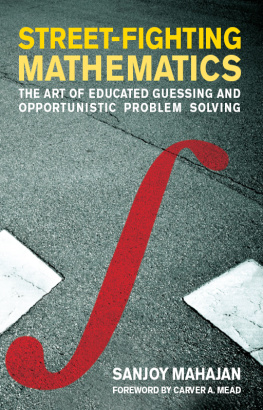
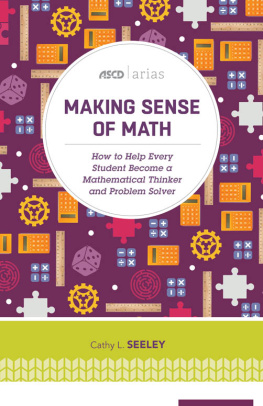
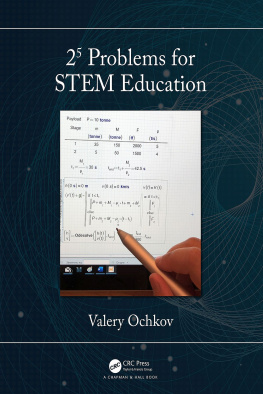


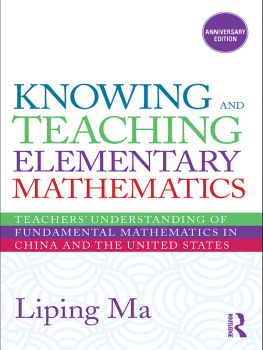
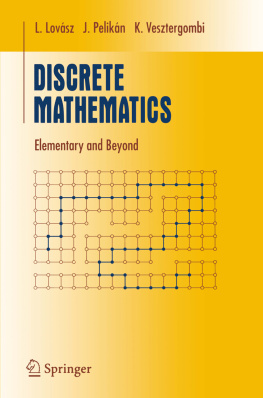
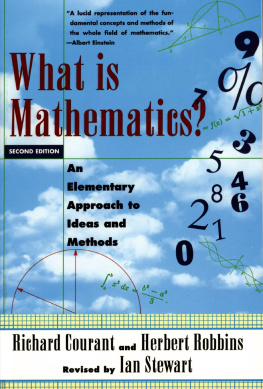
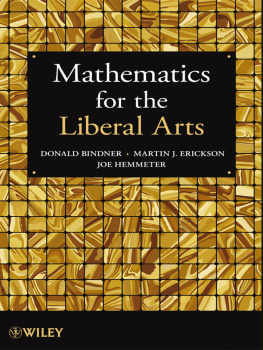
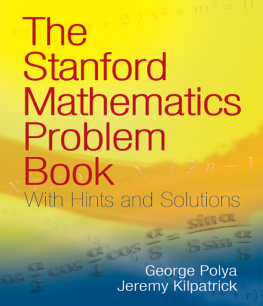
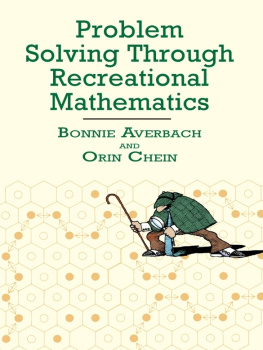

 in the margin: These questions are what a tutor might ask you during a tutorial, and ask you to work out the next steps in an analysis. They are answered in the subsequent text, where you can check your solutions and my analysis.
in the margin: These questions are what a tutor might ask you during a tutorial, and ask you to work out the next steps in an analysis. They are answered in the subsequent text, where you can check your solutions and my analysis.